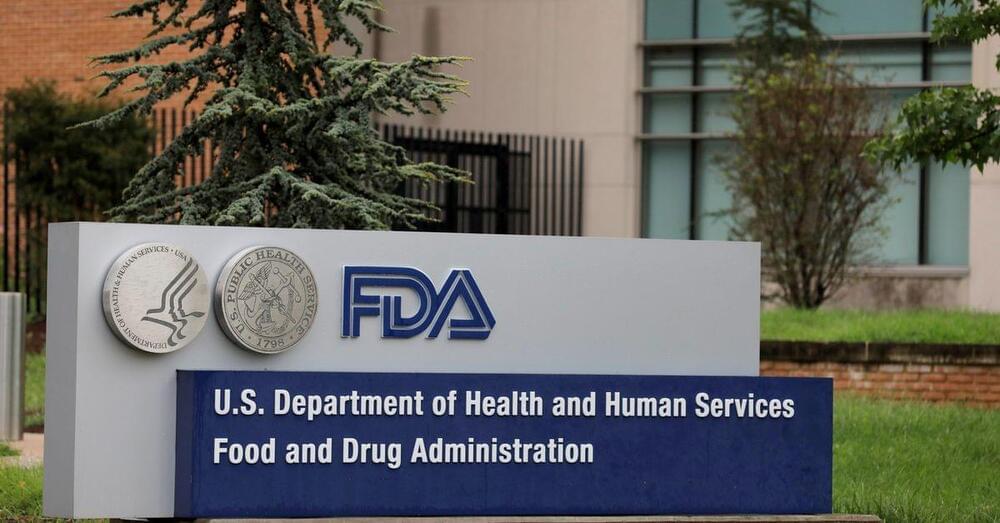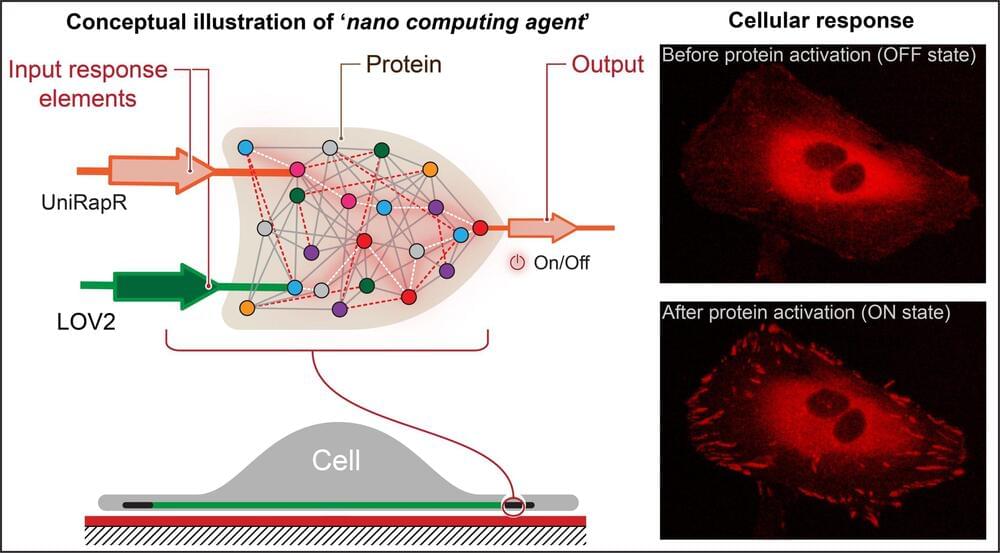Brazilian Communications Minister Fabio Faria met with the billionaire tech mogul in Austin, Texas. SpaceX would send its satellite internet service, Starlink, to rural schools and health institutions.



Soot is one of the world’s worst contributors to climate change. Its impact is similar to global methane emissions and is second only to carbon dioxide in its destructive potential. This is because soot particles absorb solar radiation, which heats the surrounding atmosphere, resulting in warmer global temperatures. Soot also causes several other environmental and health problems including making us more susceptible to respiratory viruses.
Soot only persists in the atmosphere for a few weeks, suggesting that if these emissions could be stopped then the air could rapidly clear. This has recently been demonstrated during recent lockdowns, with some major cities reporting clear skies after industrial emissions stopped.
But soot is also part of our future. Soot can be converted into the useful carbon black product through thermal treatment to remove any harmful components. Carbon blacks are critical ingredients in batteries, tires and paint. If these carbons are made small enough they can even be made to fluoresce and have been used for tagging biological molecules, in catalysts and even in solar cells.

Freedom of Information Act requests are rarely speedy, but when a group of scientists asked the federal government to share the data it relied upon in licensing Pfizer’s COVID-19 vaccine, the response went beyond typical bureaucratic foot-dragging.
55 years and longer.
That’s how long the Food & Drug Administration in court papers this week proposes it should be given to review and release the trove of vaccine-related documents responsive to the request. If a federal judge in Texas agrees, plaintiffs Public Health and Medical Professionals for Transparency can expect to see the full record in 2076.
Fundamental Research On Ethical & Trustworthy Artificial Intelligence, For Health, Environment, And A Sustainable Future — Dr. Patrick van der Smagt, Ph.D., Director, ArtificiaI Intelligence Research, Volkswagen.
Dr. Patrick van der Smagt is Director of ArtificiaI Intelligence Research, Volkswagen AG, and Head of Argmax. AI (https://argmax.ai/), the Volkswagen Group Machine Learning Research Lab, in Munich, focusing on a range of research domains, including probabilistic deep learning for time series modelling, optimal control, reinforcement learning robotics, and quantum machine learning.
Dr. van der Smagt is also a research professor in the Computer Science faculty at Eötvös Loránd University in Budapest.
Dr. van der Smagt previously directed a lab as professor for machine learning and biomimetic robotics at the Technical University of Munich while leading the machine learning group at the research institute fortiss, and before that, founded and headed the Assistive Robotics and Bionics Lab at DLR, the German Aerospace Center.
Besides publishing numerous papers and patents on machine learning, robotics, and motor control, Dr. van der Smagt has won a number of awards, including the 2013 Helmholtz-Association Erwin Schrödinger Award, the 2014 King-Sun Fu Memorial Award, the 2013 Harvard Medical School/MGH Martin Research Prize, the 2018 Webit Best Implementation of AI Award, and best-paper awards at various machine learning and robotics conferences and journals.

The creation of nanoscale computers for use in precision health care has long been a dream of many scientists and health care providers. Now, for the first time, researchers at Penn State have produced a nanocomputing agent that can control the function of a particular protein that is involved in cell movement and cancer metastasis. The research paves the way for the construction of complex nanoscale computers for the prevention and treatment of cancer and other diseases.
Nikolay Dokholyan, G. Thomas Passananti Professor, Penn State College of Medicine, and his colleagues — including Yashavantha Vishweshwaraiah, postdoctoral scholar in pharmacology, Penn State — created a transistor-like ‘logic gate,’ which is a type of computational operation in which multiple inputs control an output.
“Our logic gate is just the beginning of what you could call cellular computing,” he said, “but it is a major milestone because it demonstrates the ability to embed conditional operations in a protein and control its function, said Dokholyan. ” It will allow us to gain a deeper understanding of human biology and disease and introduces possibilities for the development of precision therapeutics.”

The era of space exploration brings with it a new risk: invasion. The peril comes not from little green men arriving on flying saucers but, rather, from microbiological contamination of Earth from extraterrestrial environments and vice versa. Writing in BioScience, Anthony Ricciardi, of McGill University, and colleagues describe the dangers posed by such organisms and outline an approach to address the threat.
The authors caution that biological contamination endangers both ecosystems and human well-being. “Owing to their massive costs to resource sectors and human health, biological invasions are a global biosecurity issue requiring rigorous transboundary solutions,” say Ricciardi and colleagues. And that threat may be more immediate than previously anticipated. Despite considerable microbial caution among space agencies, say the authors, “bacterial strains exhibiting extreme resistance to ionizing radiation, desiccation, and disinfectants have been isolated in NASA
Established in 1958, the National Aeronautics and Space Administration (NASA) is an independent agency of the United States Federal Government that succeeded the National Advisory Committee for Aeronautics (NACA). It is responsible for the civilian space program, as well as aeronautics and aerospace research. It’s vision is To discover and expand knowledge for the benefit of humanity.
Creating a world where no woman has to die giving life — temitayo erogbogbo, global advocacy director, MSD for mothers, merck sharp & dohme.
Mr. Temitayo (Tayo) Erogbogbo, is Global Advocacy Director of MSD for Mothers (https://www.msdformothers.com/), at Merck Sharp & Dohme.
Tayo has two decades of combined private sector and international development experience, 13 years of which was spent in the pharmaceutical industry in multiple roles across community relations, government affairs, marketing and sales.
As the Global Advocacy Director of MSD for Mothers, Tayo is responsible for global and national strategic partnerships and programs to bring about policies and practice changes to improve maternal health care, and strengthen health systems, particularly where private sector approaches can be leveraged for greater impact.
Prior to MSD for Mothers, Tayo led the establishment of an adolescents and youth constituency at The Partnership for Maternal, Newborn and Child Health (PMNCH), a multi-constituency partnership hosted by the World Health Organization, to advocate for better sexual, reproductive, maternal, newborn, child, and adolescent health policies and services at global, regional, and national levels. Additionally, he contributed to the development of the Global Strategy for Women’s, Children’s, and Adolescents’ Health 2016–2030.
It’s more likely than you think.
When it comes to interstellar missions, however, there are no plans for crewed missions on the table. While there are proposals for sending robotic missions, sending astronauts to nearby stars and exoplanets simply isn’t feasible yet.
However, according to new research led by the University of California, interstellar missions could be conducted in the near future that would have tardigrades (aka. “Water Bears”) as their crew.
The study, titled “The First Interstellar Astronauts Will Not Be Human,” was conducted by researchers from UC Santa Barbara, the UCLA Health Center, the University of Florida, and Ruhr-University Bochum. It will be published in the January 2022 issue of Acta Astronautica.


Pfizer has pledged a shipment of its experimental antiviral COVID-19 pill to Israel, according to a Saturday television report, a week after the US drugmaker said it was engaged in “active discussion” with 90 countries regarding the coronavirus medication.
Prime Minister Naftali Bennett and Health Minister Nitzan Horowitz reached an agreement with the drug company for tens of thousands of doses, Channel 12 news reported. The shipment will be despatched as soon as Pfizer receives FDA approval for the pill, the TV report said.
PM and health minister reach agreement with drug company for ‘tens of thousands of doses’; initial data shows almost 90% efficacy.